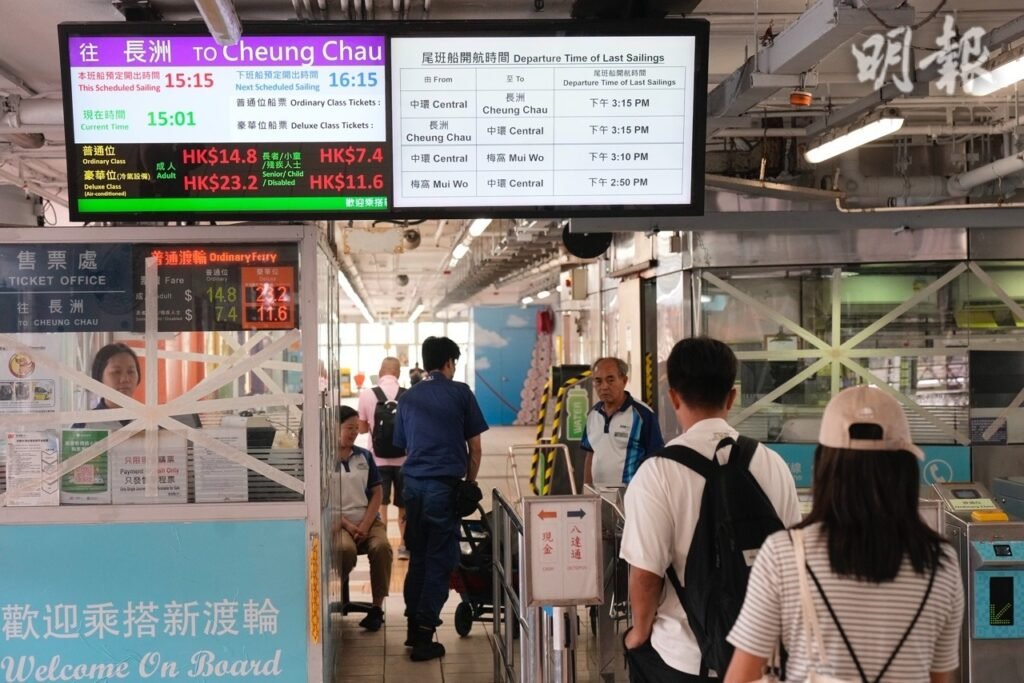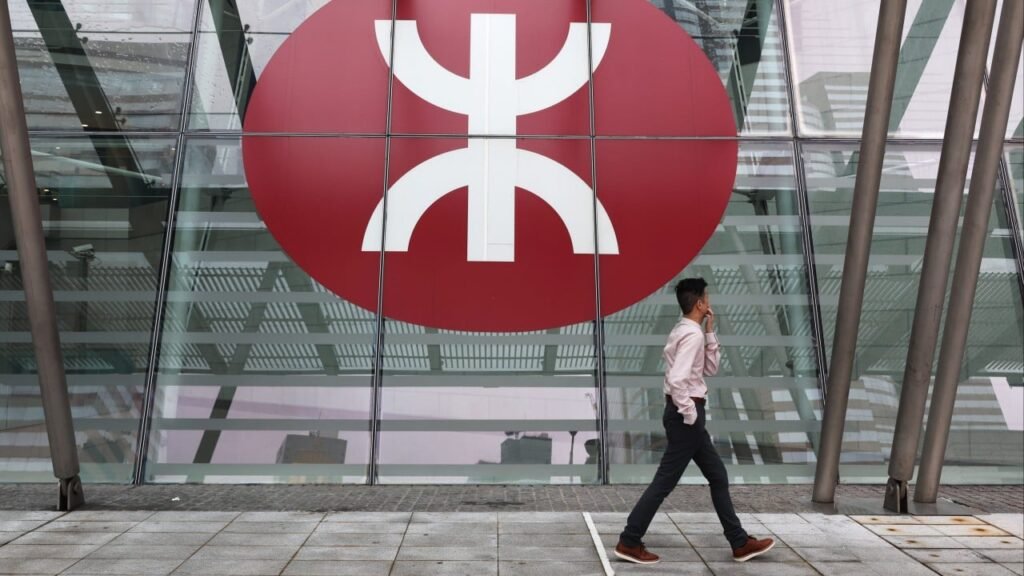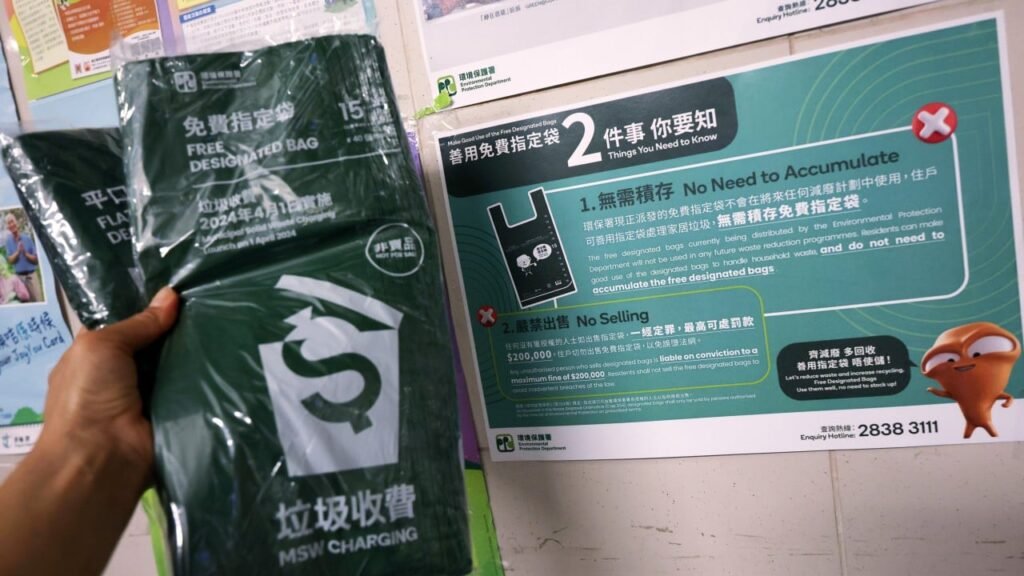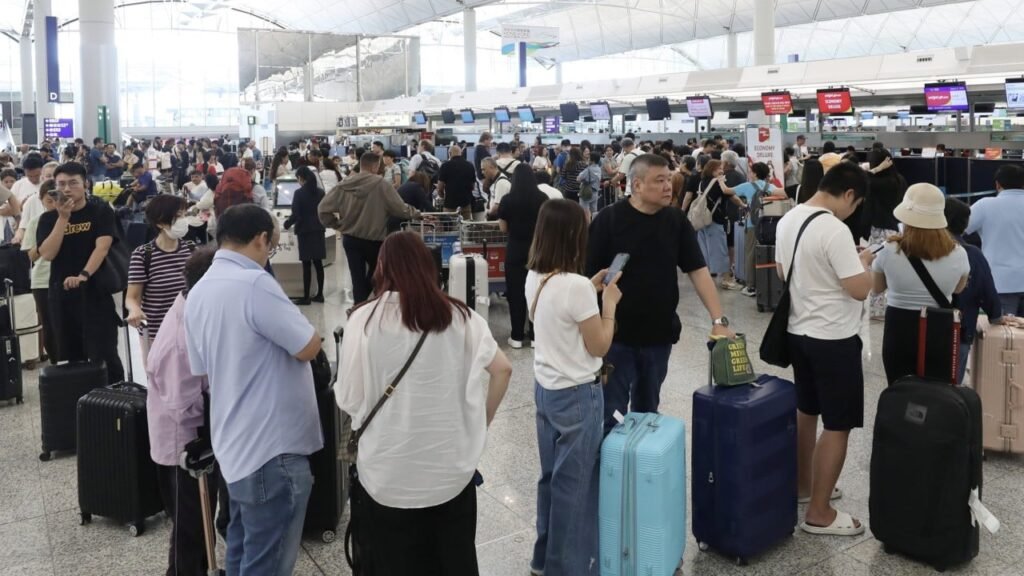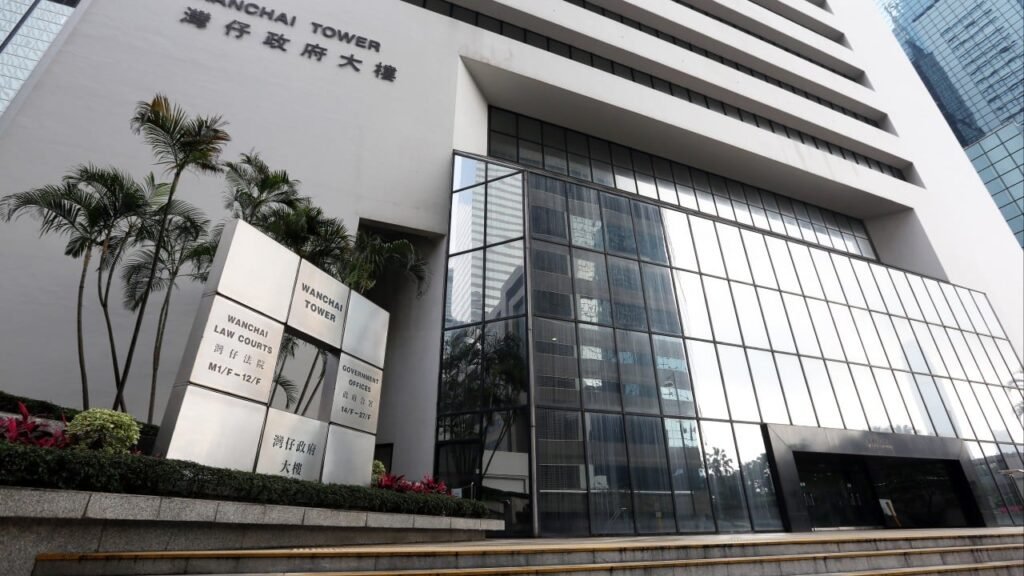Recently, Citi released its global investment outlook for the fourth quarter of 2025, outlining its views on Hong Kong’s property market, the US dollar, gold, and Hong Kong interest rates.
According to Zhitong Finance APP, Citi recently released its global investment outlook for Q4 2025. Liao Jiahao, Head of Investment Strategy and Asset Allocation at Citi Bank, stated that regarding Hong Kong’s property market, the bank expects residential prices to remain range-bound in the second half of 2025, with a recovery contingent upon improvements in long-term supply-demand balance. The number of transacted units is expected to exceed completed units by 2027, with annual private housing demand projected at approximately 20,600 units, supported by an average influx of 180,000 professionals and their families.
He noted that a broad-based rebound in investment demand may still take time, as investment demand tends to depend more on price expectations for the property market and stable long-term interest rates. Referring to the cycles from 2001 to 2003 or 2007 to 2009, it took 12 months after rental yield spreads turned positive for property prices to bottom out and recover. He also pointed out that in the first half of 2025, the value of residential transactions priced at HKD 50 million rose 43% year-on-year to HKD 48 billion. Following anticipated enhancements to the capital investment scheme, the ultra-luxury property market is expected to continue outperforming.
 Regarding the US dollar, he mentioned that there could be downside risks in the US job market over the coming months, potentially fueling further market expectations for rate cuts by the Federal Reserve, which would weigh on the US dollar. The bank’s base case scenario is that a soft landing for the global economy in the second half of this year, coupled with continued underperformance in US economic data, could trigger one final leg down for the US dollar. However, he emphasized that the weakness in the US dollar is cyclical rather than structural, and the currency may regain lost ground by 2026.
Regarding the US dollar, he mentioned that there could be downside risks in the US job market over the coming months, potentially fueling further market expectations for rate cuts by the Federal Reserve, which would weigh on the US dollar. The bank’s base case scenario is that a soft landing for the global economy in the second half of this year, coupled with continued underperformance in US economic data, could trigger one final leg down for the US dollar. However, he emphasized that the weakness in the US dollar is cyclical rather than structural, and the currency may regain lost ground by 2026.
He added that gold may sustain its strength into the first quarter of 2026, supported by both cyclical factors (weakening in the US labor market, tariff increases, and concerns about unstable global growth) and structural factors (worries about the sustainability of US debt, the status of the US dollar, and the independence of the Federal Reserve). Global gold-related consumption has risen to over USD 600 billion, accounting for 0.5% of GDP, the highest level in the past 50 years. The bank’s baseline forecast is for gold prices to reach USD 3,800 per ounce in the next 0-3 months and USD 3,000 per ounce in the next 6-12 months.
On prime lending rates, he believes there may not be much room for further cuts, forecasting only one additional cut of 0.125%. He sees limited scope for further reductions, while the three-month Hong Kong Interbank Offered Rate (HIBOR) may decline, with little room for further increases. He expects it could fall back to 2.6-2.8% in the fourth quarter of this year.


